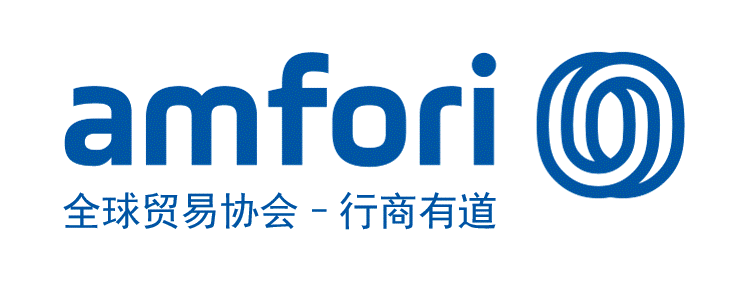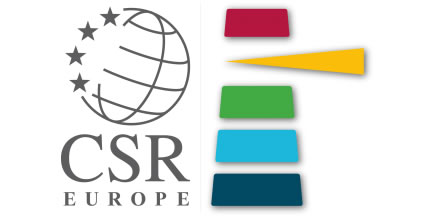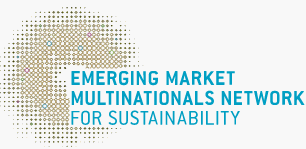Exploring the future of garbage revolution in Shanghai from the perspective of circular economy
2019-05-20China Sustainability TribuneGoldenBee0
“Individuals will be fined up to 200 yuan for improper disposal of mixed waste; units of mixed loads and transportation will face fines up to 50,000 yuan; single-use cups are not allowed in any interior offices of party and government organs in Shanghai; hotels, restaurants and take-always should not offer single-use tableware either…”
From the beginning of 2019, Shanghai enacted a set of regulations on household garbage sorting and recycling, which not only stirred the rubbish bins in the city, but also triggered the heated discussion about garbage across China. Though 20 years’ promotion of garbage sorting is unsatisfactory, the real “garbage revolution” of China might have come soon, starting from Shanghai, a city that determines to become “a global city of excellence” by 2035.
Zhu Dajian, a pioneering researcher of circular economy in China, Director of Institute of Governance for Sustainable Development at Tongji University in Shanghai, member of Academic Committee of China Sustainability Tribune, accepted China Sustainability Tribune's interview in February, and pictured the future of Shanghai’s garbage revolution from the perspective of circular economy.
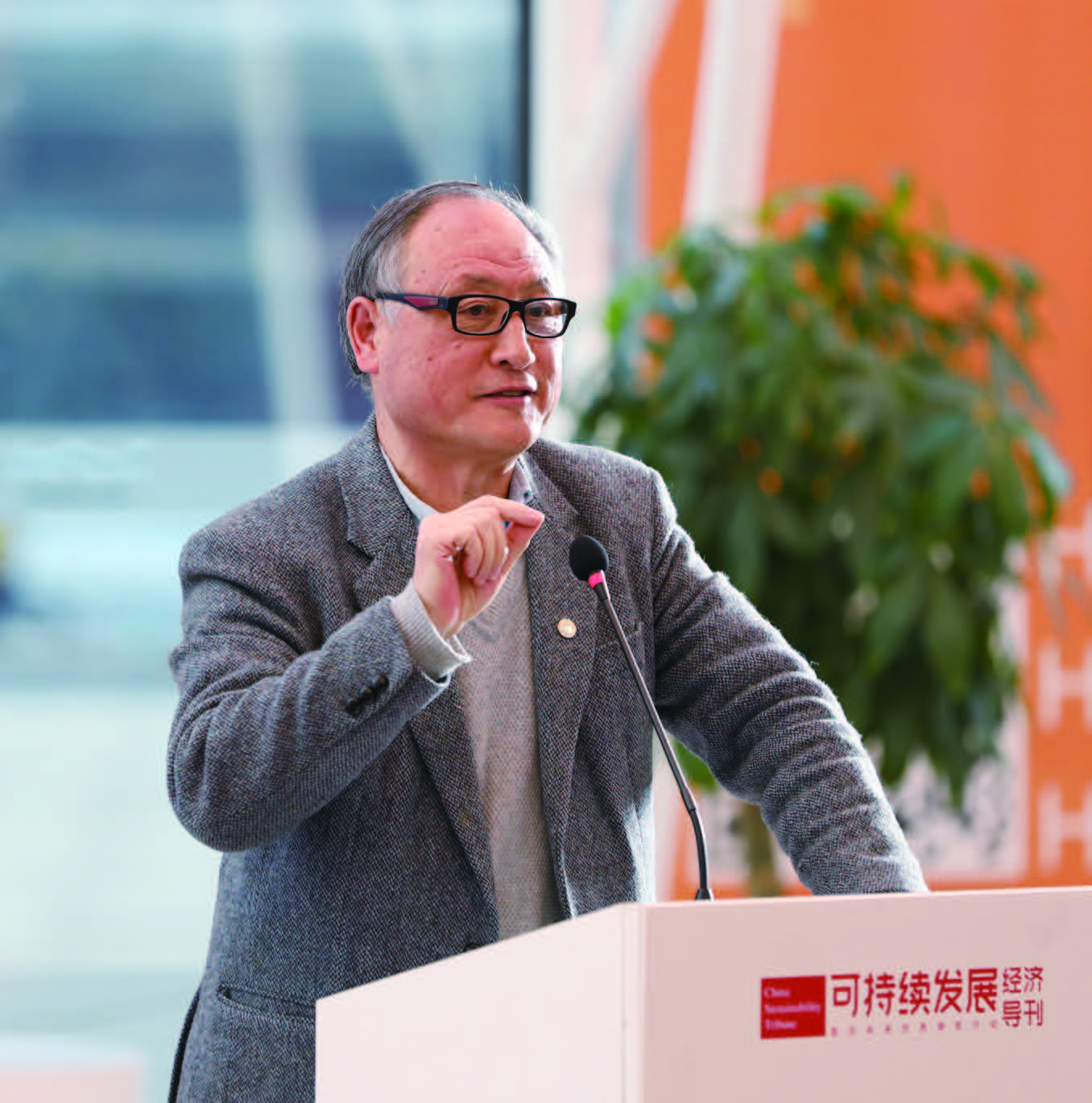
Zhu Dajian at the launching event of China Sustainability Tribune
Having lived and worked in Shanghai for years, Prof. Zhu, also a member of Shanghai Advisory Committee on Decision-Making, believed it’s the best time for China to propel garbage management. He said only rigid implementation followed by actions of the public and companies from bottom to top, can garbage sorting become popular. He explicitly pointed out that the previous regulation on garbage sorting was too “soft”.
The late-move advantage of Shanghai in garbage management
It is true that the garbage sorting mode in the past was, residents classify the waste first but garbage trucks mix them later, “it is difficult to sort the garbage, and eventually it was buried or burned”, then we gradually lost the passion and confidence. This time Shanghai put “classification” throughout the whole process of dumping, collecting, transporting and disposal by legislation, and follows the “no sorting, no collection” principle, which not only injects a stimulant for residents, factories and shopping malls that insist on garbage sorting, but also becomes an effective tool to push the non-compliant ones to sort waste. Thorough classification and well-equipped supporting facilities for end disposal, in addition to information technological management, bring out the “new fashion” of Shanghai waste sorting.
What delighted Prof. Zhu is, this time the “big picture thinking” is clearer, or more specifically, “the top-level system design is better” than 20 years ago. In 2018, Shanghai enacted Shanghai Municipal Action Plan for the Construction of Whole Waste Sorting System (2018-2020), which stipulates that the total amount of dry waste by terminal treatment should be limited below 19,700 tons per day in 2019, and 18,100 tons per day in 2020. From the above mentioned goals, Prof. Zhu described the “retroaction” advantage of Shanghai by controlling total garbage volume. He explained that, Shanghai is clear with its objectives this time: To decrement and categorize from the source by framing the capacity of landfill and incineration, without expansion and forcing inversely the classification and resource utilization at the front-end. “The way we used to do things was, building facilities for terminal treatment according to the amount of waste produced. It’s very passive to not control the front end. Now we are pushing the front end to reduce waste and transform mode of production and life style through specified total amount, which is a move from the defensive to the offensive.”
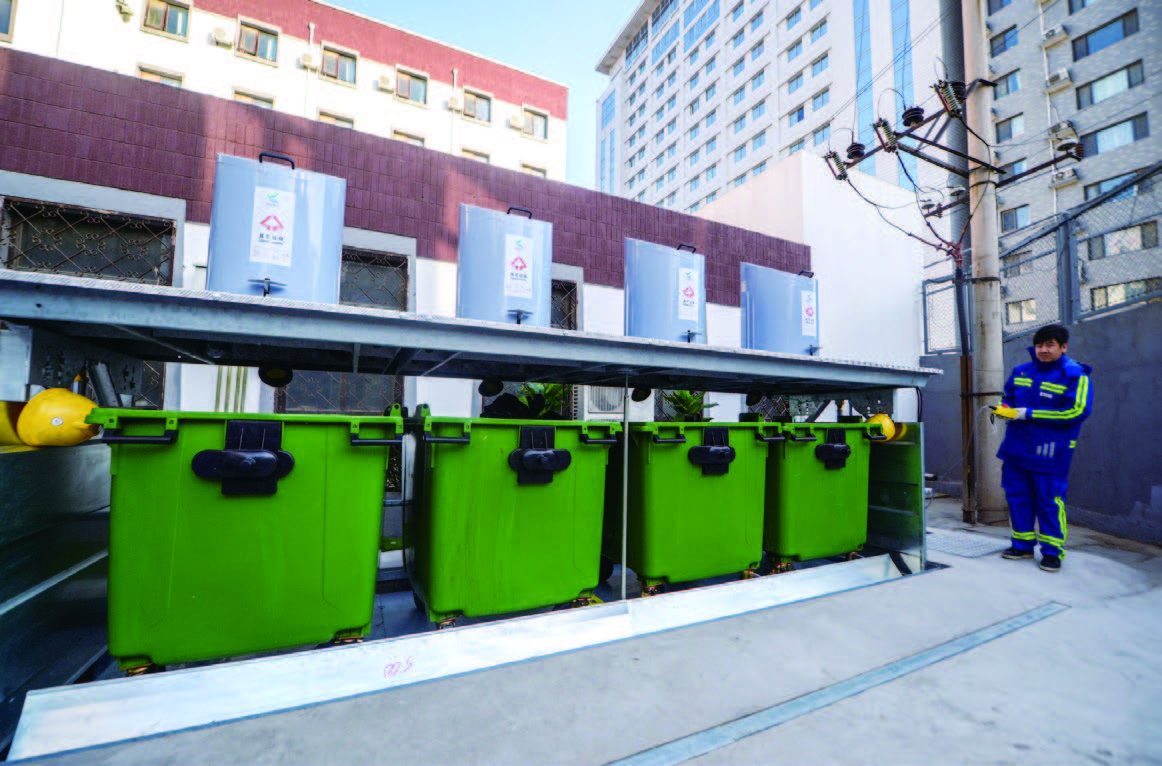
He explained that, the garbage sorting in Tokyo has been implemented step by step. As a catch-up, Shanghai, from the very beginning, should implement comprehensive promotion of integrated treatment covering recycling, composting, incineration, landfill, etc., which is the late-move advantage of Shanghai provided by four classification of waste. Furthermore, that the government, companies and all sectors of society, form the basis of the subject of Tokyo’s waste management, is also a valuable experience. He pointed out that, “such a management structure has changed garbage classification from action of a department to cooperation of the whole society, hence helping push the process and reduce the time of garbage revolution.”
From pure environmental protection to seeking business opportunities
Many have suggested “waste is a resource in the wrong place.” But to truly utilize the resource, requires not only the government to enact laws and reinforce regulatory governance, and residents to sort prudently, but also marketing means and technological innovation to improve the quality and efficiency of waste classification. More importantly, there are business opportunities in the “garbage”. “Benefiting from government enforcement of waste classification, recycling of renewable resources, especially intelligent waste sorting will be really profitable.” Prof. Zhu said.
In 2014, Shanghai introduced the “green account” co-operated by the government and enterprises, to guide citizens actively participating in garbage sorting; in the year end of 2016, Shanghai’s greenery authorities teamed up with Alipay, enabling citizens to register e-card of the “green account” online, or link it with the original physical card, in order to log in the green account anytime and anywhere, and exchange their green points for various virtual coupons of supermarkets and Alipay Red Packets, etc. In January 2019, Shanghai launched a pilot garbage classification and waste home appliance recycling platform in collaboration with Alipay. Alipay users only need to fill in their address and appoint a time for Alipay recycling staff to come to their door to weigh the home appliances, waste paper, glass, etc., after which the money due is directly transferred to their Alipay accounts, or exchanged for other commodities or coupons. The process is not only convenient but also environmental friendly and beneficial, and thus attracted a lot of young people.
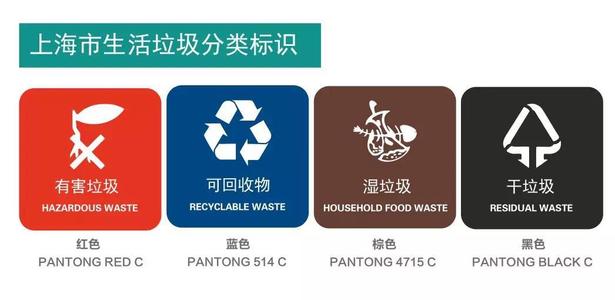
The four types of waste
He thought that business opportunities lie in everywhere. For example, improving the recycling and utilization rate of waste directly generates an opportunity for the waste and recycling industry focusing on recycling renewable resources, especially those integrate waste recycling and utilization with the internet. In fact, the waste can be sub-classified in the future, followed by the sub-classified renewable resources recycling industries. In addition, harmless treatments like composting, incineration, landfill, etc., created many opportunities for public-private partnership. In the garbage revolution, enterprises with competitive advantages in innovation of waste disposal and waste reduction can find their chances.
“The government and enterprises collaborate in efficient waste recycling, is beneficial not only to the economy and environment, but also to the society, hence realizing the three interests of sustainable development. Therefore, waste classification must transform from a pure environmental protective behavior into an opportunity that can be shared by both the economy and the environment.” Prof. Zhu said.
Building a “zero waste city” via recycling economy
“After classifying waste, we should deliberate through consider how to reduce waste.” Prof. Zhu believed that the most important strategic task for garbage revolution in Shanghai should be reducing both the total waste amount and the waste amount per capita. To bring down the amount of waste generation obviously requires more than terminal classification or the administration of city appearance and environmental sanitation. So what else is needed? “Production and consumption.” Prof. Zhu answered.
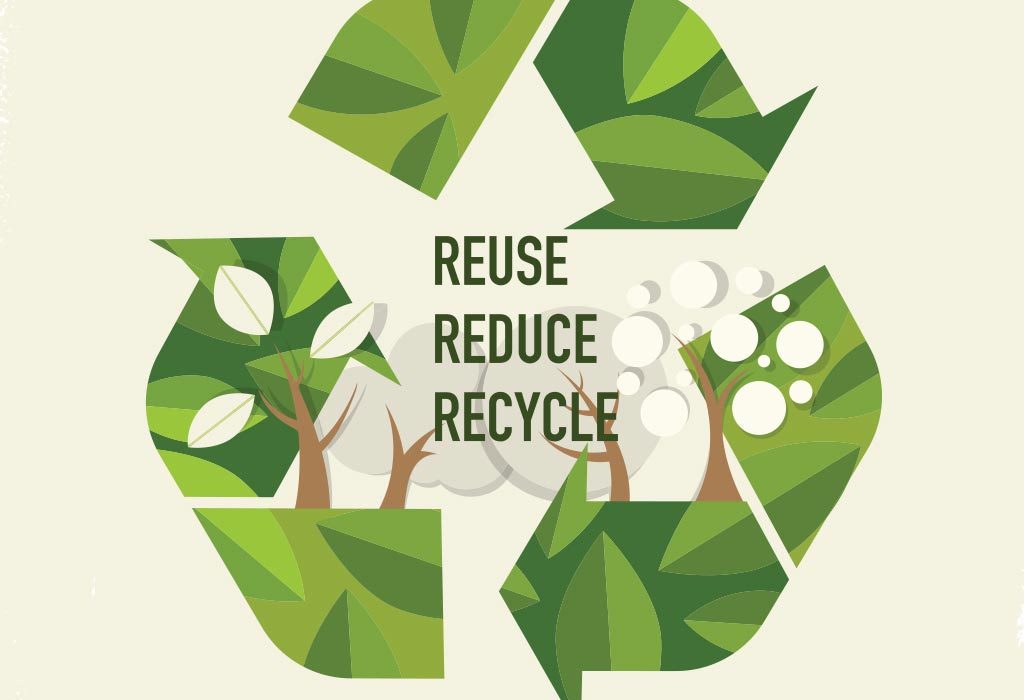
This is the standpoint Prof. Zhu has been insisting for long. He said that the ultimate objective of garbage revolution requires zero waste discharge, or only a little for terminal treatment, and the ultimate goal of Shanghai is to live up to such standards.
Generally speaking, there are three “R”s of circular economy—“Reduce”, “Reuse”, and “Recycle”. “Waste resource utilization and garbage composting, etc. belong to “Recycle”, but are the lowest mode of circular economy. The higher demand is to recycle and reduce.” Prof. Zhu held that in order to reduce waste, the mode of production in economic society should focus on the three Rs, especially the model of Reuse and Reduce. Prof. Zhu introduced that, the famous British consulting firm Accenture has concluded five business models of circular economy: 1) Resource recovery models, i.e. enterprises that recycle and reprocess waste; 2) Circular supply models, i.e. enterprises that offer bio-based, renewable, or recovered materials; 3) Product life extension models, i.e. enterprises that can repair, upgrade, and reprocess their products or re-marketing, for example, the big remanufacturing companies in the U.S.; 4) Product service system models, like bicycle sharing; 5) Sharing models, to improve the utilization rate of products by sharing, such as Uber, Airbnb, etc. In order to build a "zero-waste city", enterprises should develop the above five business models, especially the high-end model. However, consumers should change from the pursuit of disposable consumption and excessive packaging to the pursuit of durability, and from ownership orientation to sharing orientation.
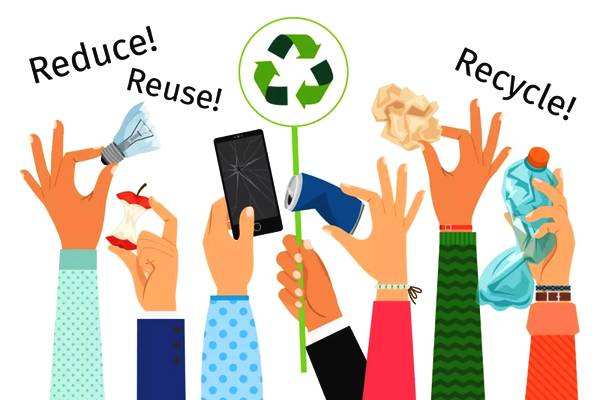
A pioneer in China’s garbage management
Since China’s Reform and Opening Up, the earliest proposal of waste classification can date back to 1993, when Beijing explicitly stated in Regulations of Beijing Municipality on the Administration of City Appearance and Environmental Sanitation: “The treatment of urban living waste should gradually implement sorting and collection, harmless treatment and comprehensive utilization.” Later in 2000, Beijing, Shanghai, and other six cities were chosen as pilot cities for waste sorting and collection. In late March, 2017, the State Council issued documents of guiding principles, implementation plans, and requirements about waste sorting system for compulsory enforcement of living garbage sorting within limited regions. On July 1, 2019, Shanghai will formally enter the “era of mandatory classification of garbage”. Though nearly 20 years’ waste management yielded little effect, as the government placing it amongst the long-term objective of nation building, it will undoubtedly become a very important task for the whole country in the coming decades.
As the pioneer, how many exemplary effects would Shanghai’s policies and action bring to the whole country? As the most prosperous city, and a city generating the most waste, what revolutionary impacts would Shanghai’s “waste management” bring to China’s garbage? Prof. Zhu analyzed that, “Shanghai is among the cities that generate most garbage in China, and Shanghai’s city management is considered in the leading position. If Shanghai’s model of waste management is successful, it will contribute replicable experience to the rest of the nation, and help our cities develop in a path towards increased production, higher living standards, and healthy ecosystems.
Best Practices
- The 100-year brand — Air Liquide also has a sense of juvenile
- Beijing Public Transportation Corporation: Developing green transportation to build a harmonious and livable capital
- CGN: Building a modern factory in barren deserts and developing a new win-win cooperation model along “Belt and Road”
Upcoming Event

All the materials on the site “Source: XXX (not from this site)” have been reprinted from other media. They do not imply the agreement by the site.
All the materials with “Source: CSR-China Website” are the copyright of CSR-China Website. None of them may be used in any form or by any means without permission from CSR-China Website.
GoldenBee Official WeChat
Copyright © Csr-china.net All Right Reserved.
京ICP备19010813号


